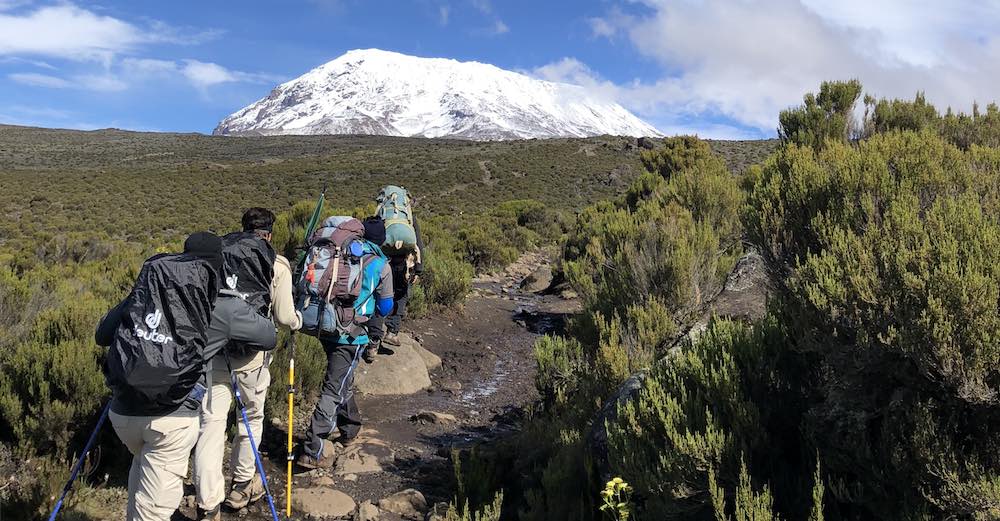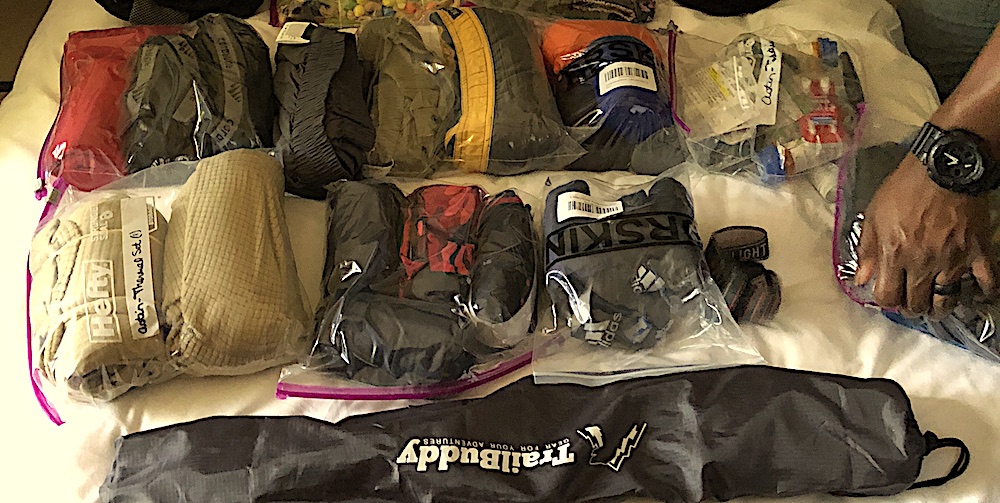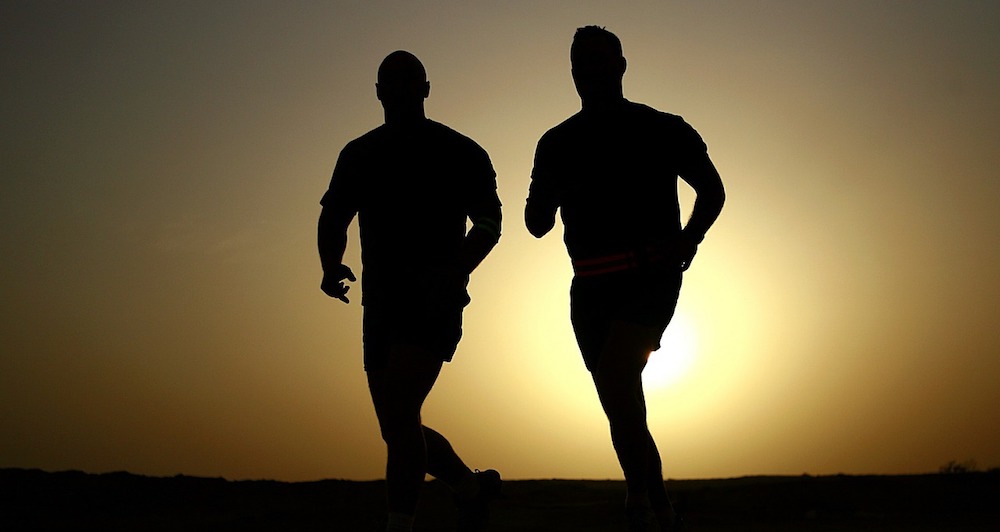Climbing Mount Kilimanjaro – The Intro
Climbing Mount Kilimanjaro was the most challenging thing I’ve ever done in my life. It was also the most adventurous, which is saying something since I live a life of near-constant adventure as an active globe trotter and travel blogger. I’ve climbed a few mountains before, including Ben Nevis, the highest peak in the United Kingdom, and Mount Sinai in Egypt, but nothing prepared me for the physical and mental challenge that was Mount Kilimanjaro.

NOTE: This is part 1 of a multi-part blog series on climbing Mount Kilimanjaro. Be sure to check out the other parts detailing various aspects and phases of our preparation, trip logistics, and the climb, all linked at the end of each article. And definitely don’t miss the vlogging video compilation at the end.
Overview of the Trip and the Climb
Kilimanjaro is not the most difficult mountain in the world to climb. It is nothing like Mount Everest in Nepal or K3 in Pakistan. Those are for serious, well-trained, professional climbers, and a lack of experience and preparation can literally mean life or death on those peaks. But Kilimanjaro is still considered one of the world’s great “Seven Summits,” so it’s firmly in the big leagues with those all-stars.
While it is the highest free-standing mountain in the world and it’s peak is the highest point in Africa, Kilimanjaro is the only one of the world’s “Seven Summits” that is considered to be climbable by non-professional, inexperienced, and even first-time climbers. But as I found out on my first attempt to top Kilimanjaro, serious preparation is key – and so is seriously reliable information.
I did quite an extensive amount of research on climbing Kilimanjaro before committing to the trip, even though I’ll admit that I did sound rather spontaneous with some of my friends and frequent travel buddies when I just randomly brought it up one day and said, “Hey, we should go climb Mount Kilimanjaro next year.”
The response: “Finish your brunch, but no more mimosas for you. Your trip ideas are crazier than normal today.”
That may have been a true statement, but I had been doing my homework and was serious about a Kilimanjaro trip. And almost six months to the day later, I began writing pieces for this future blog series on the plane ride back to the US after just departing Kilimanjaro International Airport and after spending six of the most adventurous days of my life checking a major item off of my bucket list.
It’s true that Kilimanjaro is climbable even if you’ve never climbed a mountain before, but what dismayed me after the fact concerning nearly all of the information out there on the interwebs about climbing Kilimanjaro was the lack of truthful and accurate information available about what the experience is really like and what one really needs to do to prepare for it.
For starters, to say that you actually “climb” Kilimanjaro is a bit misleading in itself. Most of the journey up the mountain is more of an incline hike. The key difference between hiking on Kilimanjaro and nearly any other hike you’ve ever done, however, is the altitude, which you also have to prepare for.
The altitude increases greatly decrease the amount of oxygen available for your body to absorb and power your muscles. So in order to adjust and give your body enough time to produce more red blood cells to make up for that, you have to hike really slow – sometimes annoyingly slow, in fact. The Tanzanians have a word for this type of hiking. They call it “polé polé,” which roughly translates to “slow and steady” in the Kiswahili language.
To be clear, I didn’t make it to the top of Kilimanjaro on my first try. I developed a pretty bad sinus infection on day three of our climb (which is really more of a hike up until the final day), but I pushed forward anyway despite the infection and the even further reduced breathing ability, and I still made it four hours into the final ascent day before having to turn around and head back to the last camp before the summit.
Not making it all the way to the top of Kilimanjaro on my first attempt was slightly disappointing, but then catching that sinus infection was just a stroke of bad luck and I didn’t beat myself up over it. I know I’ll be back, and I know now that I’ll be so much more prepared for everything the second time around.
In this multi-part blog series on climbing Mount Kilimanjaro, I’ll take you through the whole experience of spending six days on the mountain with some great travel buddies and pushing ourselves to our limits – and for some of us, to our physical breaking points.
I’ll talk extensively about my pre-departure and pre-climb preparations, including some of the critical mistakes I made that I definitely won’t be repeating next time. I’ll talk about the different routes you can take up the mountain, and the pros and cons of each.
I’ve also compiled what is literally THE most thorough and comprehensive list of essential, recommended, and unnecessary but still helpful gear and supplies for climbing Kilimanjaro ANYWHERE on the internet. My friends and I were absolutely shocked after the fact that some of these must-haves I’ve included aren’t included on every (or even any!) other packing list.
Then I’ll share some inspiring stories from others who have made the climb, including some very unlikely adventurers who prove that literally anyone can do this climb if they really want to. Everyone should seriously read this article, whether you’re interested in climbing Kili or not. It’s just that amazing!
And finally I’ll share some highlights from my social media vlogging of the whole experience so that you can see what our first trip to Tanzania to climb Mount Kilimanjaro was like and what you can expect if you decide to make the journey to Africa and the trek up the mountain.
So here we go…
Other Featured Articles in the Climbing Kilimanjaro Series:
Part 1: Climbing Mount Kilimanjaro – The Intro
Part 2: Preparation and Training for Kili
Part 3: Choosing a Climbing Route on Kilimanjaro


